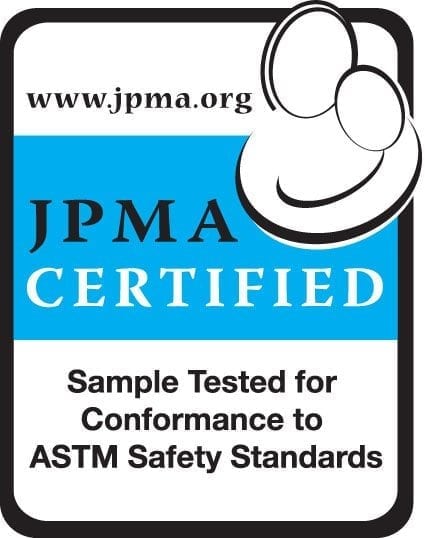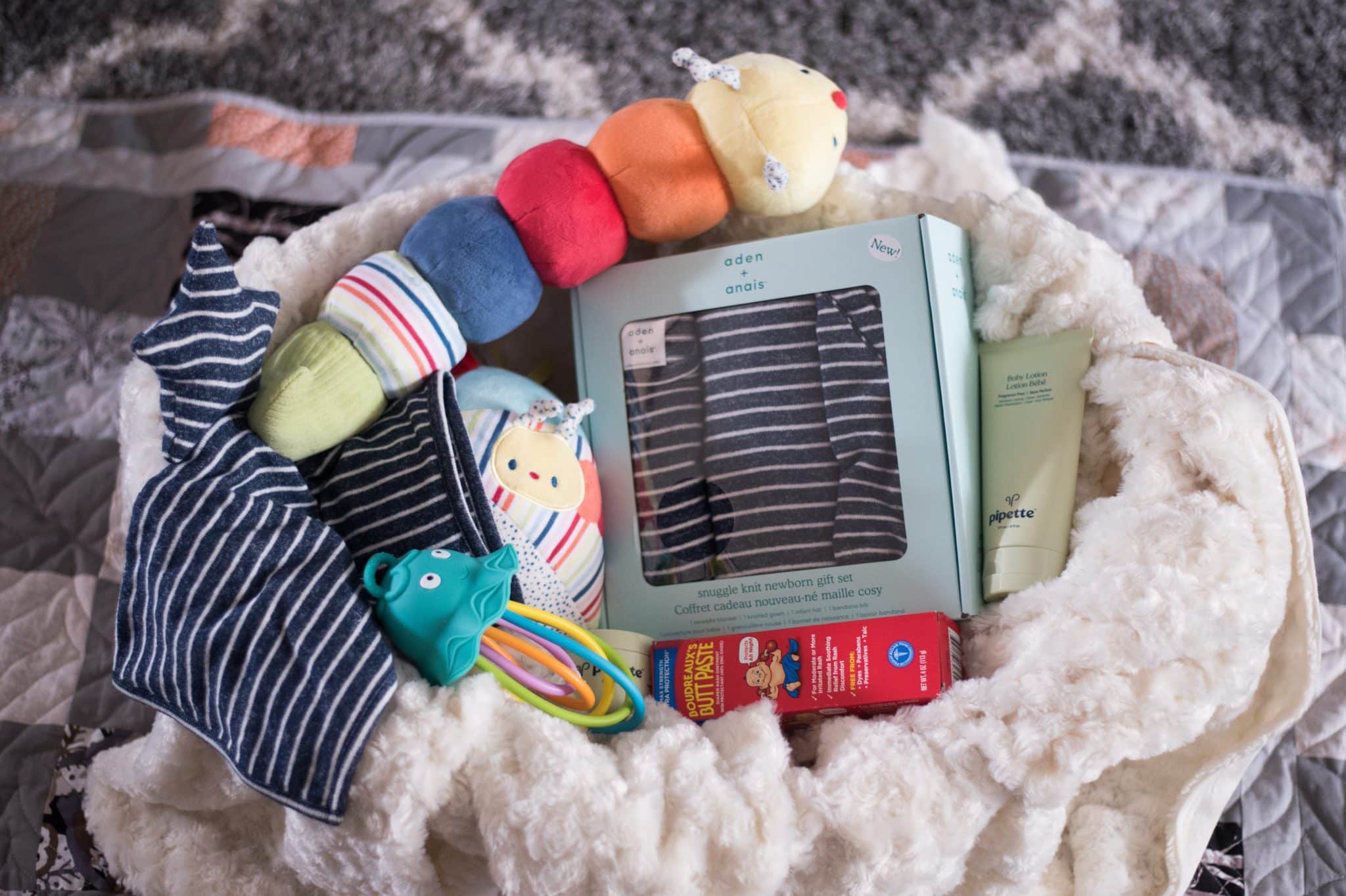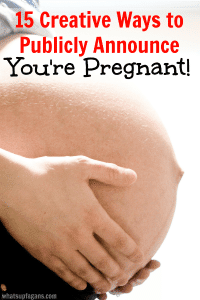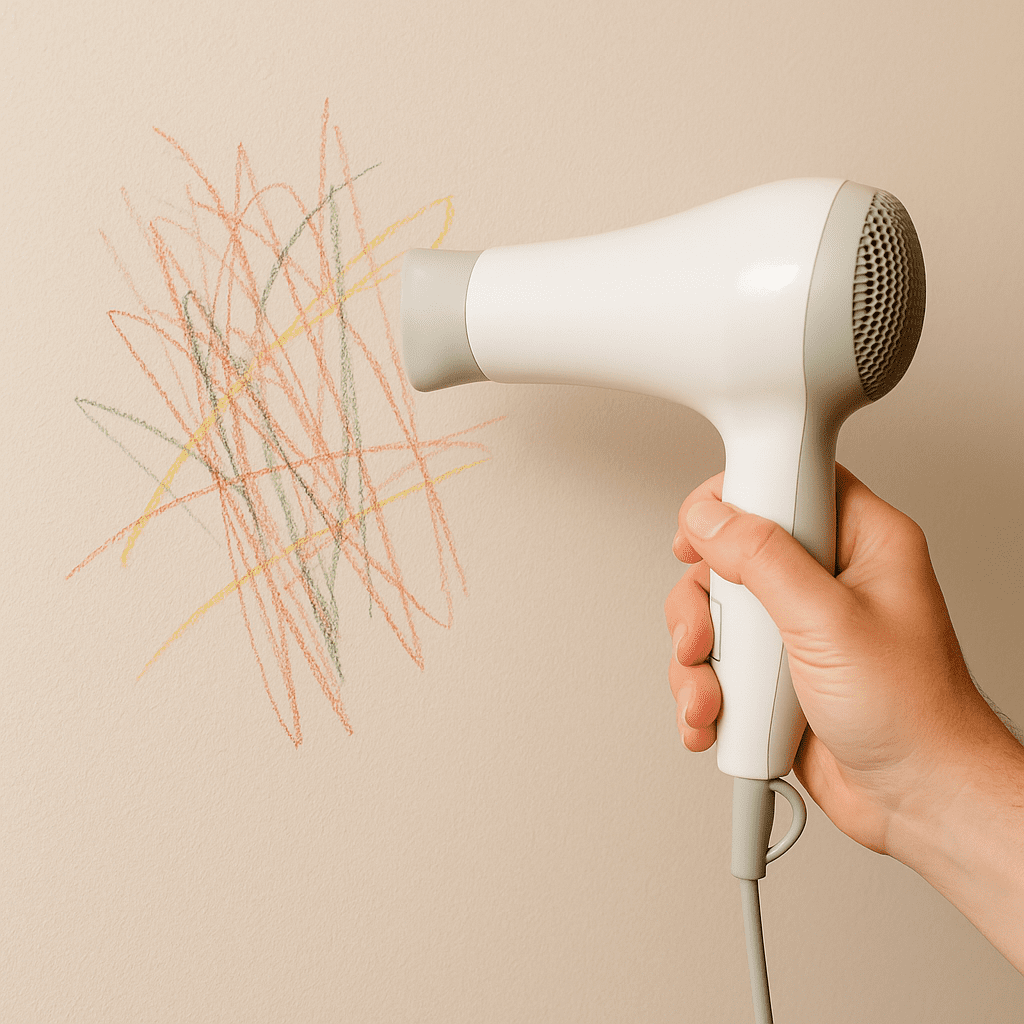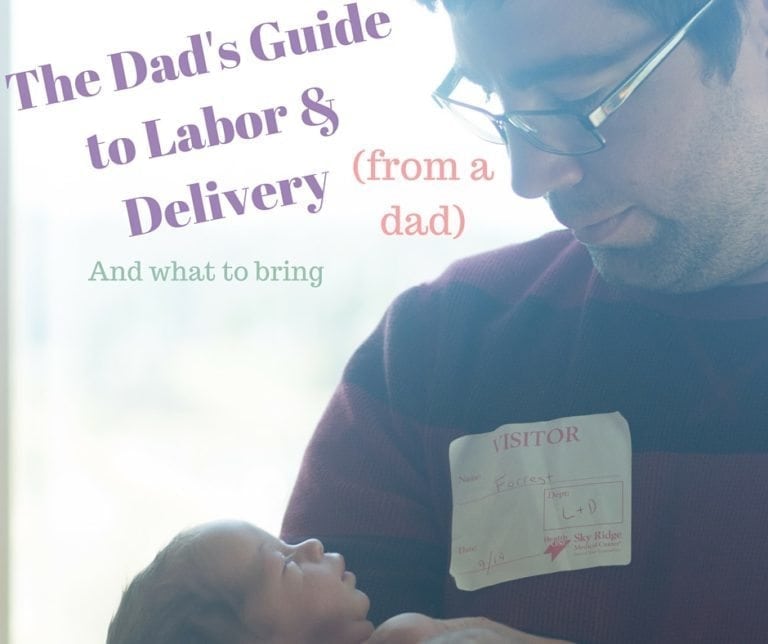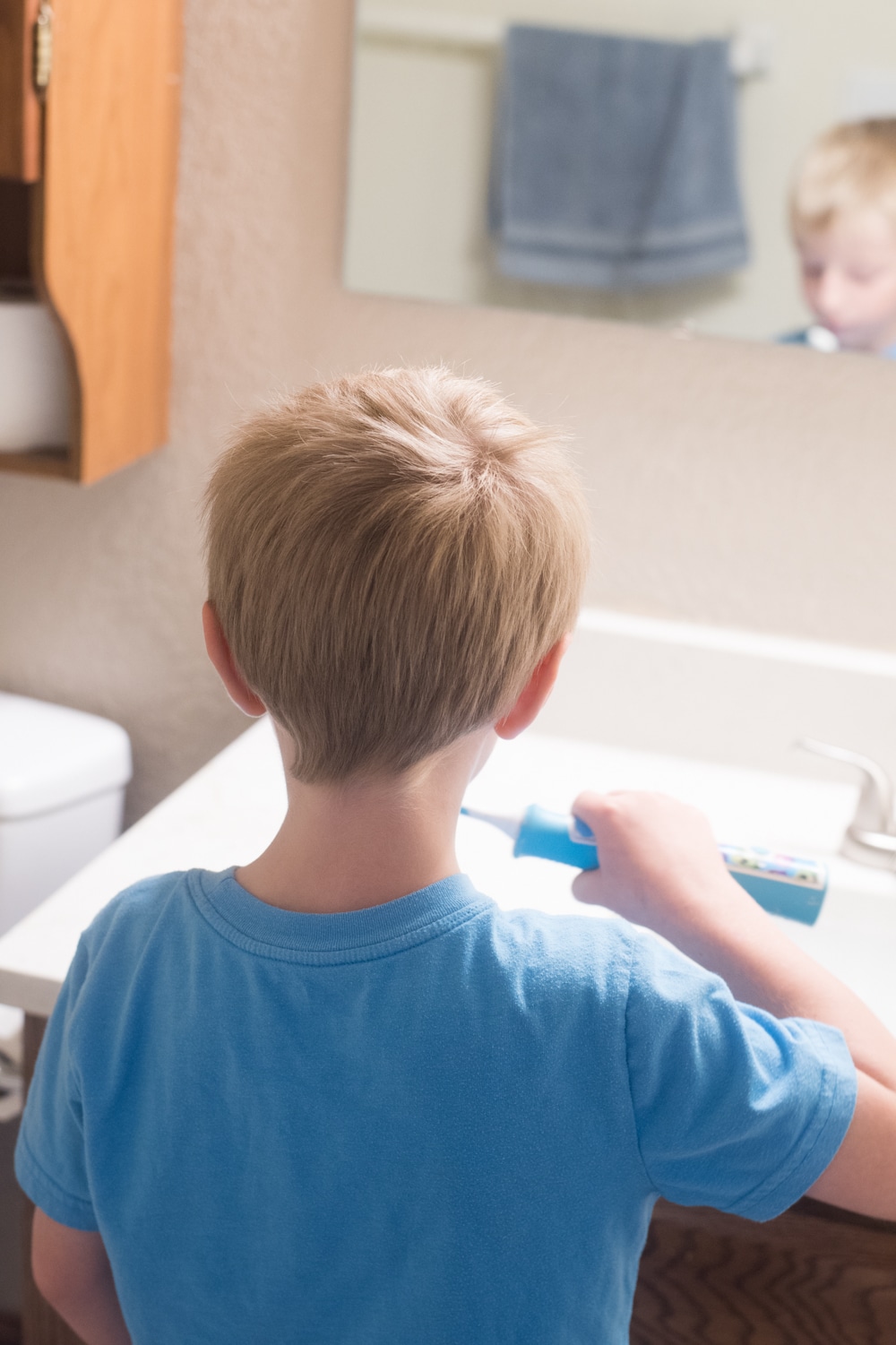Must-Know Tips for Baby Proofing
Looking for ways to baby proof your home? Here are some must-know tips for baby proofing that every parent, grandparent, or care giver should know.
I participated in a campaign on behalf of Influence Central for the Juvenile Products Manufacturers Association. I received a promotional item as a thank you for participating.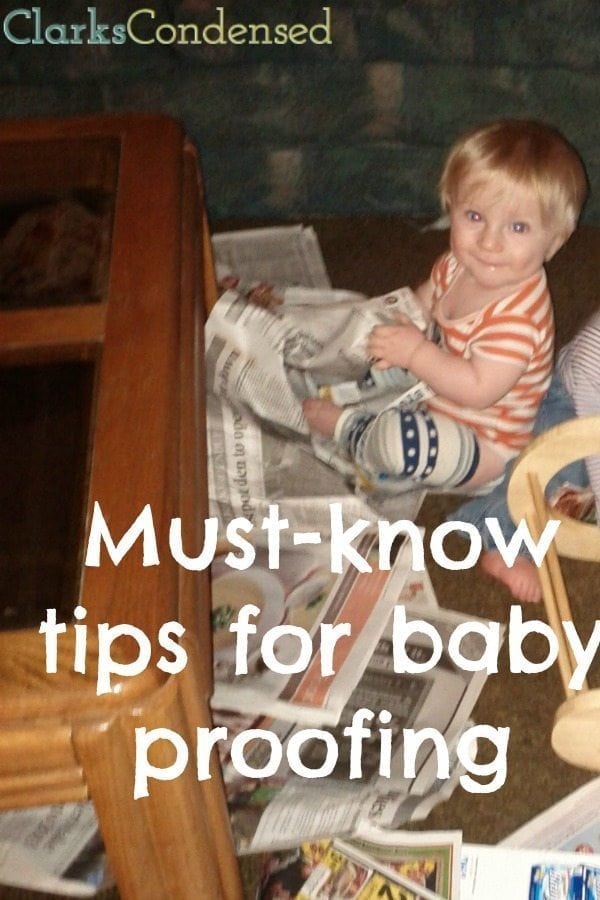 Parents are always worrying about their children in one way or another – some more than others, but I think from the time a child is born, their parents constantly pray for their safety. I know I sure do!
Parents are always worrying about their children in one way or another – some more than others, but I think from the time a child is born, their parents constantly pray for their safety. I know I sure do!
From pretty early on, you’ll realize the importance of baby proofing. While I’ll admit I didn’t baby proof quite as well as I should have (and the gate between our kitchen and living room was installed primarily for my own sanity), there have been many times I’ve been grateful we baby proofed.
Some baby proofing, as I mentioned, may be for your own sanity. I personally moved a lot of bowls to higher shelves when Jack started learning how to open the cupboards that held them, because it wasn’t exactly in our budget to replace all our baking ware. However, other baby proofing is for the safety and well-being of your child. I think both are important!
While some baby proofing may seem a bit overkill – I swear, some of the baby proofing products out there are hard for me to get through as well – it’s worth it to be a little over protective when it comes to your baby. Remember – they really have no idea what dangers around them are!
Get on the Ground
I remember my mother-in-law mentioning a tip she would give parents in the parent education classes she used to teach, and it always stuck with me. She said to get down on your hands and knees – it’s amazing what you can find/see when you get down on the same level as your baby. Not only can you find smaller things on the ground that they might put in their mouth but you can kind of see the world from their eyes and see what dangers they might be attracted to!
Make Sure Baby Products are Safe
You might just assume that if something was made for a baby that it would be safe. Unfortunately, that’s not always the cases. New studies are always coming out, recalls are always being made, and research on the safest products for babies are developed every day. For instance, for many years, drop-side cribs were in every household, and now they are illegal.
So how do you know if something is safe? Look for the JPMA seal of approval. JPMA stands for The Juvenile Products Manufacturers Association, and their certification program has been around for over 35 years. If you see the seal on a product, you can rest assured that a it as product up to established standards. JPMA also has a Baby Safety Zone which is committed to helping parents be aware of safe selection and use of products to reduce the number of baby-related product injuries.
I honestly didn’t know about JPMA until recently, but it’s something I believe can help all parents make more informed decisions about what products we use with our child. I can’t wait to spend a little more time in the Baby Safety Zone – it seems like a great place to get support from others and find the most up-to-date information on baby safety.
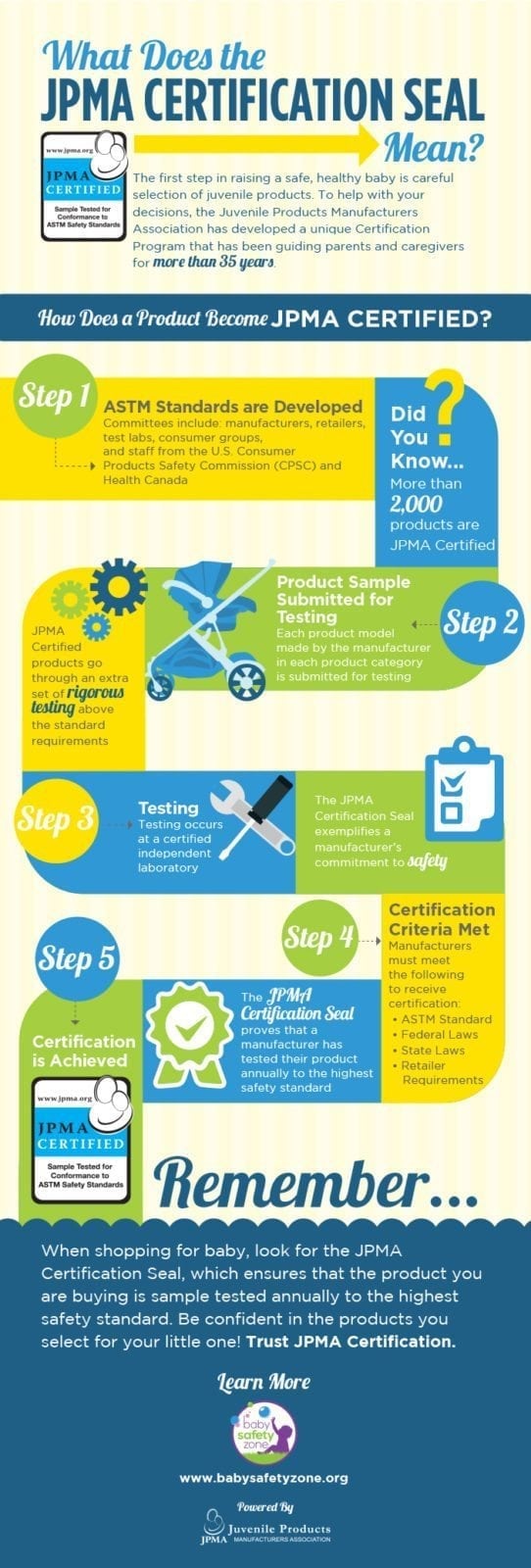
You also want to make sure that you don’t have toys or products in your home that have lead paint in them (many old toys do), chipping paint, rough edges, or anything that may hurt your child.
Now, on to more specific baby proofing tips!
Gates
As I already mentioned, we mainly got a gate to keep Jack out of the kitchen when he was a just starting to crawl. We had a rather large opening to our kitchen/dining room area, so we didn’t have a lot of options. I believe we ended up getting this 84 inch expandable gate. What I really wanted was a walk-through gate, because I wasn’t really a fan of having to step over it. If you don’t have a huge space to cover up, I highly recommend walk-through gates. I love the look of this one – it doesn’t scream typical baby gate to me. I recommend getting one that’s sturdy and that will last. We had another gate that was super cheap, and it broke really easily.
Not everyone needs a gate, but if you have an area you don’t want your child to get into (such as an office without a door or the kitchen), they can be helpful. However, if you have stairs – especially if they have a ledge that isn’t covered by a wall – you really need a gate. I fell down a flight of stairs when I was a baby, and I had to be driven to the hospital by ambulance with a pretty bad head wound. I don’t remember it (obviously), but I can only imagine how scary that would be!
Outlets
I don’t know what it is about outlets that attract little kids but as soon as they see them, it’s like there’s a magnetic attraction between them! Even older toddlers, like my Jack, can’t seem to stay away. So, it’s very important that you keep those covered up. Fortunately, you can get outlet covers for pretty cheap. I think they are pretty effective (I have a hard time pulling them out!), and they’ll keep your child from being electrocuted, which, in my opinion, is pretty important.
Cupboards
Everyone probably has a picture of their kid with a bunch of pots and pans that their child has pulled out of the cupboard – right? It’s pretty much a rite of passage. However, there are probably cupboards within your child’s reaching distance that you don’t want them getting near – either for safety reasons or because you don’t want to constantly have to put things back in the cupboard. Cupboard locks are also really inexpensive, and they work pretty well. If you have any type of cleaning supplies beneath your sink (or anywhere else in your child’s reaching distance), and you can’t put them anywhere else, cupboard locks are essential.
Magnets & Batteries
This is more of a hidden baby proofing tip – but it’s one of the most important. Most families have batteries and magnets everywhere – in remotes, toys, on the refrigerator. These are the types of items babies can easily put in their mouth (and quickly) if they get near them. The consequences of them putting them in their mouth can be deadly or forever debilitating.
I’m not going to tell you that you should get rid of anything in your house that has a battery or magnet – that just isn’t realistic. However, it’s important to be vigilant in making sure anything with these items are out of reach. Toys that have batteries should have backs that can’t be removed unless a screwdriver is used. If you have those popular alphabet magnet sets
Furniture straps
If you have a television, dressers, heavy desks, or other heavy furniture. you want to make sure it’s secured against the walls. Babies may not seem that strong, but there are many injuries – and even deaths – every year from babies and toddlers who have pulled furniture over on top of them. Furniture straps are another great item to put on your list of baby-proofing must-haves.
Bath time Safety
I think most people realize that they should never leave their child alone in the bath tub. However, there’s more dangers than just drowning concerning bath tub. I think one of the biggest things is making sure the water isn’t too hot. While you may enjoy a steaming hot shower, that water temperature is likely way too hot for a small child. We bought this bath temperature duck that would tell us if the water is too hot – there’s more high tech ones that will display the actual temperature. The water should be about 100 degrees Fahrenheit – you should also make sure your water heater is set to 120 degrees Fahrenheit.
Another thing you should consider at bath time is a spout cover. These are really neat – you just put them over the spout, and if your child slips in the tub, they will be protected from hitting hard metal. There’s been a couple of times where Jack has slipped in the bath tub, and I practically had to dive in so he didn’t hit the spout.
Balloons, Plastic Bags, and Paper Bags
These are all common household products that can pose potential dangers for children. For plastic bags and paper bags, if your child gets them over their head, they could suffocate themselves. My mom often tells a story of when I was about two, and she looked down to find me with a plastic bag of my head. While it was kind of funny to see, if she hadn’t been there – I could have suffocated! I’m sure I had just gone digging through a drawer and found one, but it’s important to keep plastic and paper bags out of your child’s reach.
Balloons are also very important to keep away from your baby – and not just ones that haven’t been blown up. If they are playing with a balloon, keep a very close eye on them. If they get their mouths on it and pop it, the inhaling pieces of the balloon can really hurt them. If a balloon pops – make sure you pick up all the pieces!
Vacuum Often
Finally, the simplest tip of all – vacuum! Before kids, you may have vacuumed once a week (or less), but once babies come along, it’s almost essential to vacuum at least once a day! This is the best way to make sure you get any tiny things off the ground that your baby might get too. If there’s one thing I learned when Jack was younger, if there’s something small on the ground, he would put it in his mouth. And, for your own sanity, get a good quality vacuum. I know Dyson vacuums are very highly rated and will last you a long time!
There are obviously countless ways you can baby proof your home – it’s almost impossible to cover all of them. I hope that you’ll find some of these tips helpful to make your house just a little safer for your little one. I just found this great post from the Joys and Boys that cover even more baby proofing hazards you might not have thought of. Definitely check it out!
Want to know more about what are the no-nonsense baby items? Be sure to read this post.
Or if your baby just won’t sleep through the night, you might find these tips for gentle ways to help your child sleep through the night helpful.
